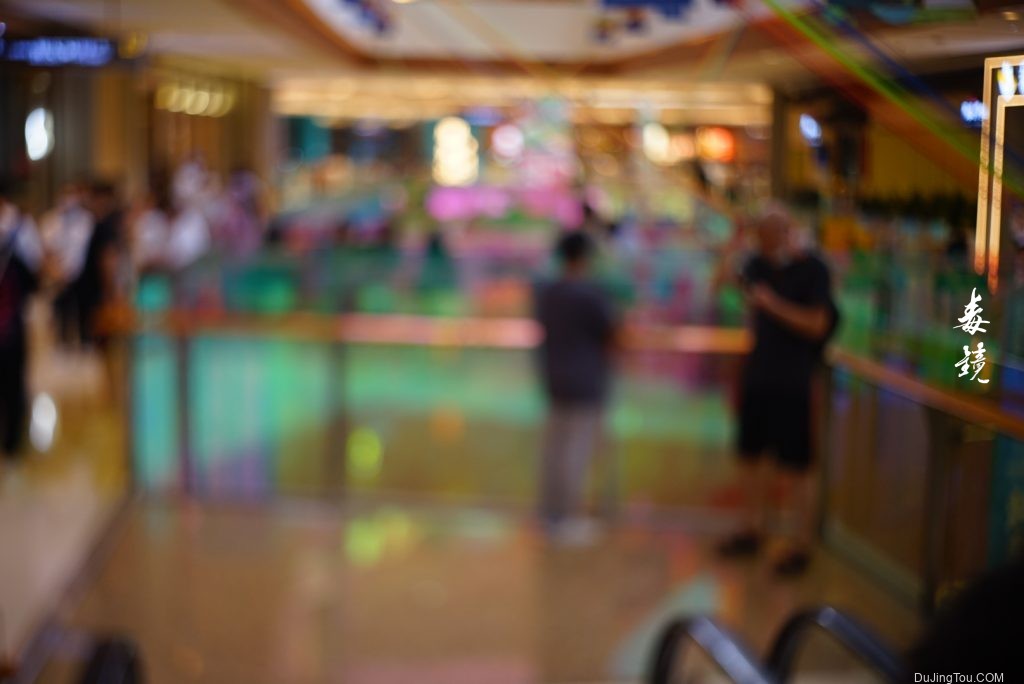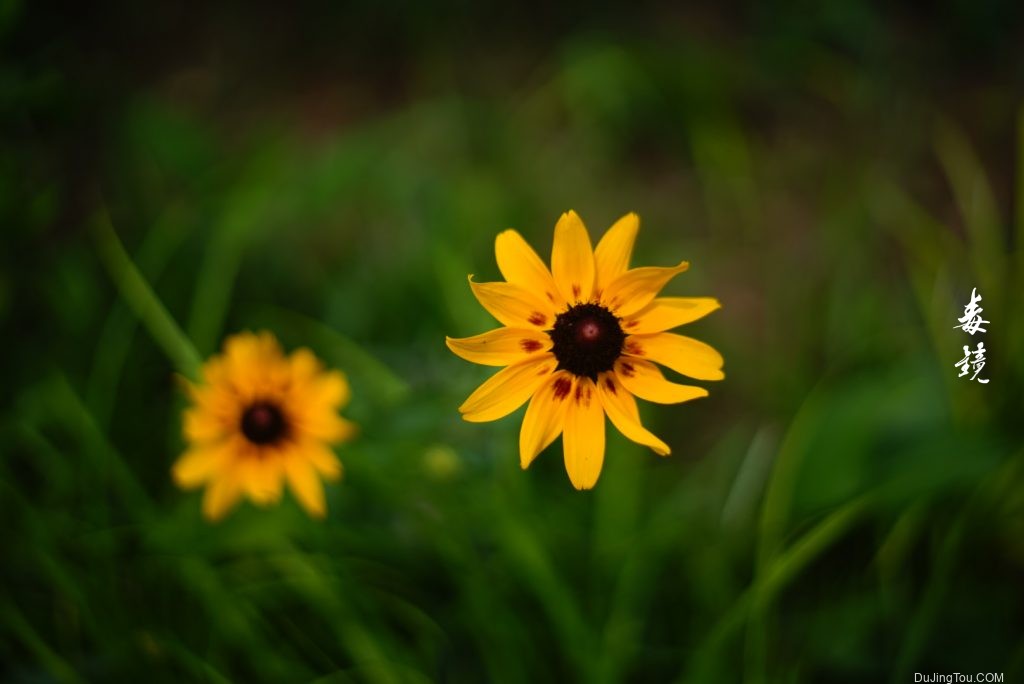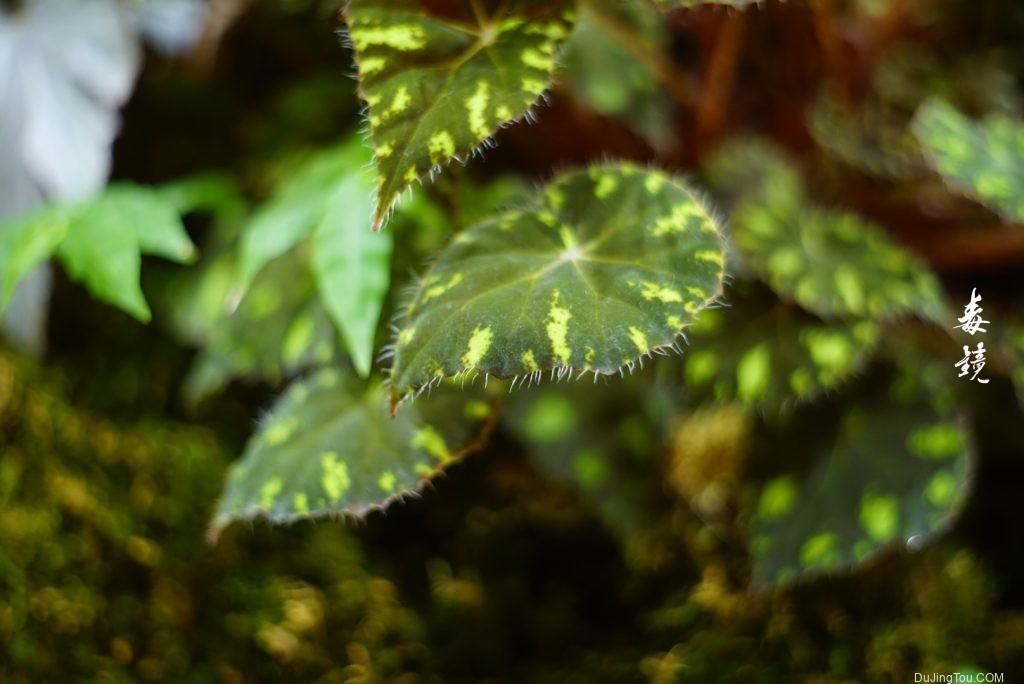Several lenses I have recently used are in the form of Russian nesting dolls, with the name A written on them, but they are actually made by manufacturer B, and then I found out that the lenses are also made by manufacturer C, layer by layer, it is difficult to find the real manufacturer .

There are the hanimex 35mm f2.8 that I bought two days ago, and the GRAFLEX 35 rangefinder, and this is where the Argus Cintagon II 48mm f2 comes from today.
This Argus Cintagon II 48mm f2 was bought from a group of friends two years ago. It is just a lens without the body. The rear thread of this lens is very thick (about 48-50mm, I can’t remember exactly). I didn’t have the right adapter ring on hand, so it was useless, and I always thought it was an American Argus lens. (Argus is an American camera manufacturer that has sold nearly 3 million of its most famous model, the Argus C3, affectionately (accurately) called the “brick”, the lens from the Harry Potter movies)





I recently found out that this lens is a lens for the Argus V-100 rangefinder camera, released in 1958, but it is not an American camera but a German camera.
Argus V-100
The Argus V-100 is a rangefinder camera for 35mm film, manufactured by Iloca for Argus in Ann Arbor, USA. Lenses are color-corrected coated dissipators, 48mm f2 Argus Cintagon II or 52mm f2.8 Argus Cintar II. Both camera models are equipped with Synchro-Compur shutters. These cameras have a built-in selenium meter and a hot shoe.
 The Argus V-100 camera is OEM produced by Iloca in Germany, and his prototype is the Iloca Rapid IIL.
The Argus V-100 camera is OEM produced by Iloca in Germany, and his prototype is the Iloca Rapid IIL.
Iloca Rapid IIL
Rangefinder camera from Iloca. There is a coupled light meter on the top. Available 50mm lenses are Cassar S f/2.8, Cassarit f/2.8 and Heligon f/2. Prontor-SVS or Compur fast shutter. A slightly modified version is sold in the United States as the Argus V-100. Sears Roebuck also sold it as Tower 52.

So is the Argus Cintagon II 48mm f2 lens a German lens or an American lens or a Japanese lens?
Here we found a problem, the origin of this lens, from the appearance of this lens, the first impression is that it is the appearance of a Japanese lens, and the appearance is completely the appearance of the Japanese rangefinder camera at that time. So before I didn’t check the information, I also thought that this was a lens made by a Japanese manufacturer (in fact, I still had doubts in the end), but when I saw the introduction about Iloca Rapid IIL, the three corresponding lenses are German The 48mm F2 version is marked as a lens produced by Heligon, and from an OEM perspective, it is possible to use the original solution. There are also foreign netizens who judged the same as Rodston’s lens by focusing method and focusing original.
quote
This lens has the exact same screw/focus design as the Rodenstock Ysares 50mm f2.8 lens. There is a certain amount of mystery as to who made some of the footage for Argus. I know Steinheil and Enna are the two manufacturers that make lenses for Argus. Interestingly, the Cintagon 48mm f2 has the same focusing mechanism as the Rodenstock lens. Could there be some connection between the two companies?
Source: http://oldlenses.blogspot.com/2016/01/cintagon-ii-48mm-f2-from-argus-v-100.html
sample
This lens was screwed to a 52mm focusing barrel by means of brute force tape, and then transferred to a Sony A7. This is a lens worthy of daily use, with excellent imaging and its own characteristics.

















































